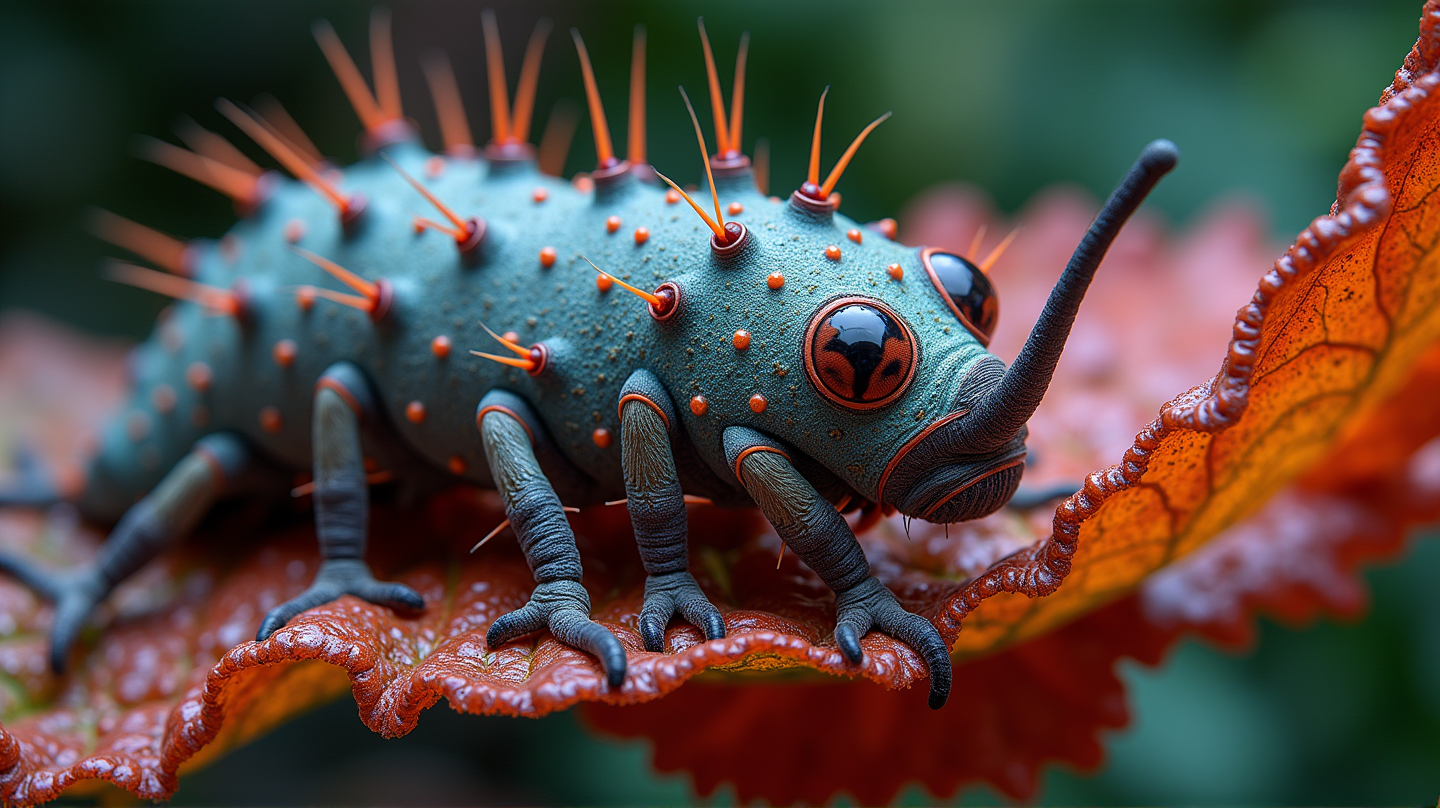In Colombia, a recent groundbreaking study has unfurled the hidden tapestry of genetic diversity within the silkworm population. This study not only unearths the treasure trove of variations present but also paves the way for future advancements in the silk industry. According to Natural Science News, these findings are set to revolutionize how we approach silkworm breeding and conservation.
A Rich Genetic Landscape
The research undertaken in Colombia reveals that amidst the 67 silkworm lines scrutinized, there’s a wealth of genetic variation, particularly within individual populations. This diversity is a key asset, offering insights into potential genetic improvements for traits like silk quality and cocoon weight.
The Power of Dual Analysis
This innovative study utilizes a dual analytical approach, marrying observable physical traits with advanced genetic markers, specifically SSRs (Simple Sequence Repeats). This blend reveals a complex and informative genetic tapestry echoed by physical traits, guiding breeders in selecting the most promising lines for enhancement.
Commercial vs. Genetic Richness
Interestingly, while commercially bred silkworms show a high degree of genetic similarity due to selective breeding, those from Colombia’s Agricultural Institute exhibit remarkable genetic stability. This includes silkworms of uncertain ancestry, underlining their value in breeding projects aimed at introducing genetic diversity and robustness.
Classifying Through Genetics
Molecular markers employed in the study shine a light on classifying and identifying silkworm lines. The findings suggest stability and genetic integrity in some lines, making them prime candidates for hybrid development to bolster the industry.
Bridging the Knowledge Gap
By cracking open the genetic blueprint of Colombian silkworms, researchers have not only enhanced our understanding of silk and sericulture but have also laid the groundwork for improved yields, disease resistance, and overall industry sustainability. This study acts as a bridge, transitioning from traditional methods to a genetically informed future.
The vibrant genetic diversity of Colombian silkworms stands as a testament to nature’s adaptability and potential, waiting to be harnessed for innovation in silk production around the globe.
